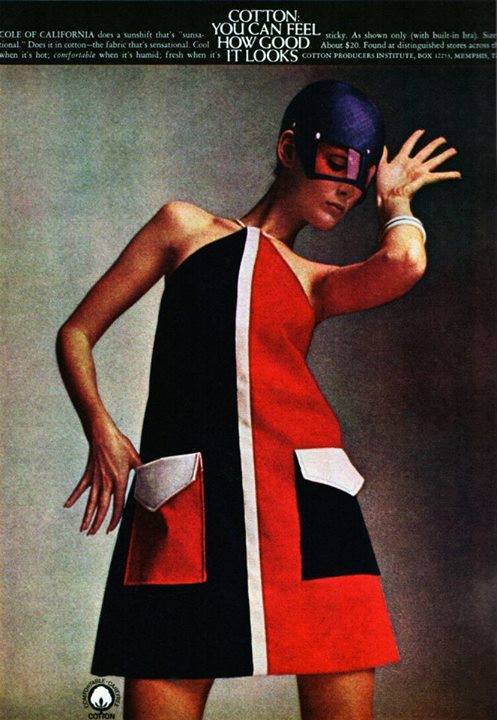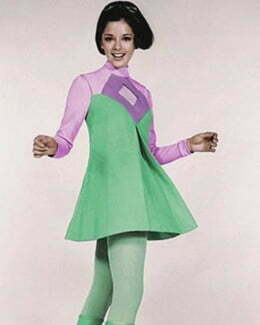


In spite of our optimism, we knew it could be awhile before commercial space flight became available. On a happier note, swivel-mounted television sets gave living rooms a Jetsons-like quality, oval picturephones debuted in New York, and esteemed Googie architect John Lautner built his octagonal Chemosphere above the San Fernando Valley. All looked as if they were half-rocket, half car unfortunately, none made it to the production line. How could we not cover the era with gusto, being a science magazine and all? Our gallery begins in 1951, where we published the dream car designs of Ford employees.

Plenty of Space Age buildings might have already been demolished (because let’s face it, populuxe hasn’t aged very well), but it’s almost impossible to avoid the so-called Googie motif in our archives. The trendiness of the aesthetic both stimulated and exploited our enthusiasm for the future, culminating into a quick turnover for consumer products and a greater movement toward materialism.
#1960S SPACE AGE GRAPHIC PATTERNS TV#
Comic books, TV programs, and furniture borrowed components from science fiction, while businesses lured customers by incorporating futuristic elements in their buildings. While historians generally date the Space Age back to Sputnik’s launch in 1957, our captivation with space travel began much earlier. In retrospect, those designs look a little gimmicky, but they nonetheless reflect a collective 1950s confidence about America’s dazzling future as a leader in space flight and economic prosperity. Logos incorporated starbursts and satellite shapes, while parallelograms, wings, and free-form boomerangs became the motel sign shapes du jour. Upswept roofs and parabolas cropped up on buildings. Manufacturers built vehicles with ornamental tailfins. During the 1950s, architecture, cars, and gadget design took on a curiously spaceflight-inspired aesthetic.


 0 kommentar(er)
0 kommentar(er)
